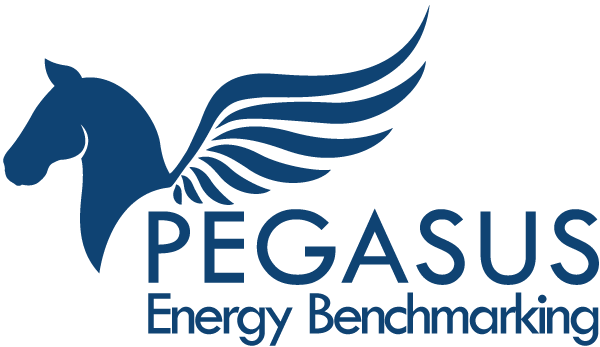
An Energy Benchmark Report is a tool that measures the energy consumption per square foot of a building and compares its Energy Use Intensity (EUI) with that of similar buildings, adjusted for operational factors like business hours, number of employees, and weather zone.
EUI is denoted in kBtu/sq. ft., standardizing energy measurements to combine gas usage (measured in therms) and electrical usage (measured in kWh) for a comprehensive total energy use calculation.
The ENERGY STAR Portfolio Manager assigns a score from 1 to 100 to help gauge how a building's energy use stacks up against counterparts nationwide. This score provides a quick reference for a building's energy efficiency.
ENERGY STAR scores are derived from actual data, evaluating a building's overall performance, including its structure, operations, and usage patterns. Factors like round-the-clock operation or employee density are considered, making the score reflective of real-world conditions.
A score of 50 indicates average energy performance, with half of the buildings consuming more and the other half less energy per square foot. Buildings scoring at least 75, placing them in the top 25% of similar buildings, may be eligible for ENERGY STAR certification, a recognized standard in the real estate industry. While not all buildings are eligible for a 1-100 score, over 20 building types can be evaluated with this metric. Benchmarking offers benefits beyond compliance with ordinances. One can refer to the ENERGY STAR Certification explanation for further details on benchmarking benefits and ENERGY STAR certification.

